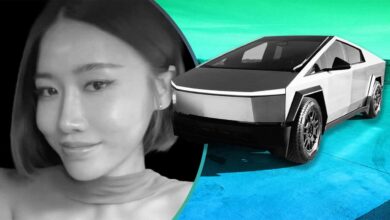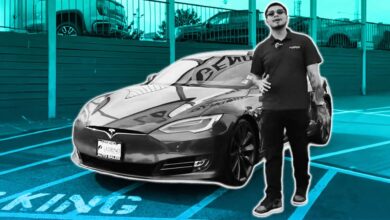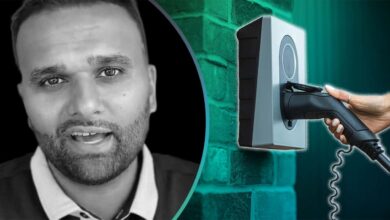LFP Batteries Revolutionized Chinese EVs. Now, An American Factory Is Making Them

- LG Energy Solution has completed the construction of an expanded battery plant at its campus in Holland, Michigan.
- The $1.4 billion expansion is for lithium iron phosphate batteries for energy storage systems, but EVs stand to benefit from them in one interesting way.
- China leads in LFP technology, but a growing number of companies in the U.S. are trying to manufacture it locally as well.
America is finally ramping up a type of battery seen as key to the future of energy storage, as well as more affordable electric vehicles.
Korean battery giant LG Energy Solution (LGES) inaugurated America’s first lithium iron phosphate (LFP) battery plant in Holland, Michigan, this week. The facility is an expansion of its existing battery factory that already produces lithium-ion batteries for General Motors, Honda and Hyundai.
The $1.4 billion plant expansion will produce batteries for energy storage systems (ESS), but signals a broader shift of LFP tech returning to the U.S. in one form or another.
ESS can be installed in rural areas where the EV charging network tends to be less dense, and those batteries can be replenished with solar energy or wind. They can then help charge EVs, serve as backup power for homes and even send power back to the grid to stabilize it during emergencies.
ESS applications will also indirectly help EVs, the Detroit Free Press reported, citing LGES North America President Bob Lee.
“Traditionally, large-scale energy storage is not always easy. We depended on hills with a lake for hydro applications or large spaces for compressed air,” Lee said. “Those are things you can’t put anywhere. We have a solution: We can provide energy storage in any location where the energy is being used,” he added.
Moreover, ESS batteries are in many ways similar to EV batteries. They use the same core technologies, chemistries and materials and rely on the same supply chain and manufacturing tools. But the differences exist in pack design, energy density and cycle life.

Photo by: LGES
LFP batteries were invented in the U.S. at the University of Texas at Austin in the 1990s, but Chinese battery manufacturers successfully scaled and commercialized them.
Those batteries are typically less energy dense than traditional nickel manganese cobalt (NMC) batteries, but have significantly lower manufacturing costs, avoid the use of rare earth materials and generally have better thermal stability, meaning lower fire risk, making them more suitable for ESS.
Battery companies in China have nearly closed the gap between the energy density of LFP and NMC packs, to a point where LFP now accounts for more than 80% of EV sales in the country. Most new EVs in China are equipped with LFP batteries.
But automakers have argued that LFP tech is key in making EVs more affordable and onshoring it is important. Local reports out of Korea suggested that LGES and Samsung SDI were both planning to build LFP batteries for EVs in the U.S. at their existing plants.
Ford is going forward with the construction of its 2-million-square-foot BlueOval Battery Park Michigan to make LFP batteries for its EVs locally by licensing the tech from Chinese battery giant CATL.

LGES battery plants in North America
Photo by: LGES
LGES’ pivot to LFP batteries for energy storage comes after an aggressive expansion of its battery manufacturing footprint in the U.S.—it now has as many as eight plants currently operational or under construction in the U.S. If EV sales don’t increase, all that supply could outpace projected demand.
With U.S. policy support for EVs waning, pivoting to the faster-growing ESS sector may allow LGES to put its existing capacity to use while remaining flexible if EV demand bounces back.
Have a tip? Contact the author: suvrat.kothari@insideevs.com
Source link



